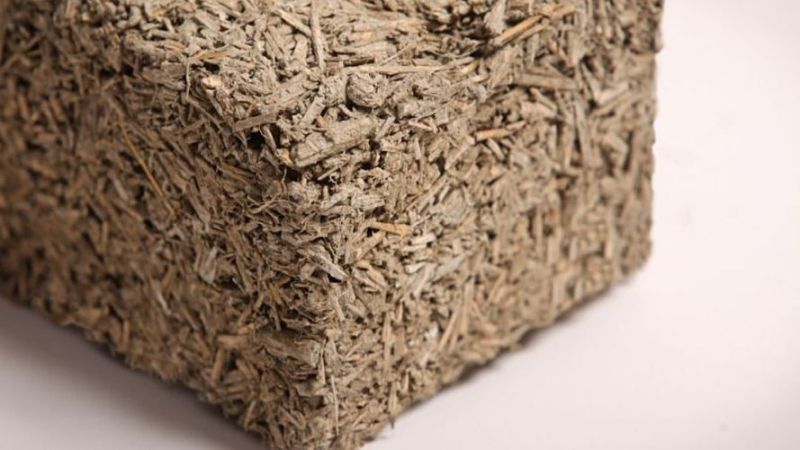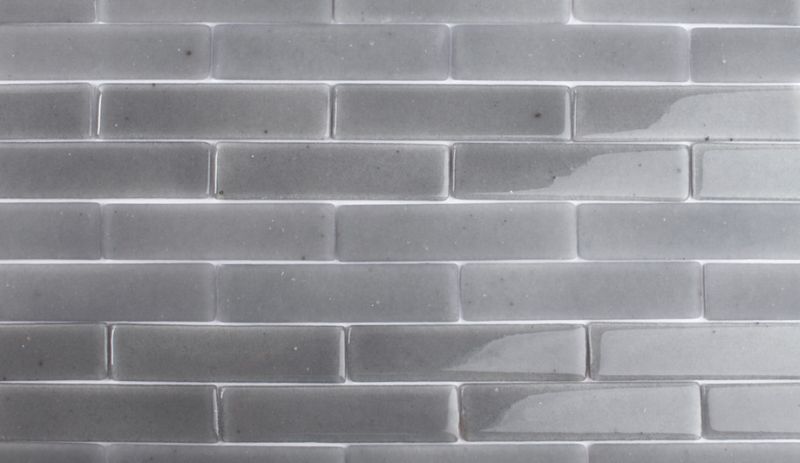One material that we need to build our homes is Concrete. Not only homes, but bridges, apartments, sidewalks are built using the same material. We appreciate the way it keeps out creations strong over the time, but like all of us, it also has a dark side. Production of cement releases a large amount of carbon dioxide (CO2) in our environment that adds to global warming and other climatic changes. If we want and if we will try, it will not be the same always. In this post, we have collected fifteen materials that can replace concrete and will not make any negative impact on the atmosphere.
Recycled metal
 Production of steel and aluminum requires lots of energy. If you have seen any steel factory, smelters on work and flying sparks, then you can understand this. This is the reason why recycled steel or aluminum is getting more attention nowadays. Recycled steel is produced from the steel already use for some other machine or sculpture. Steel used in expired cars or aluminum from old heating machines/ pipes etc can be recycled to build your home. This way, we can save up to 15 % of the energy utilized in manufacturing steel.
Production of steel and aluminum requires lots of energy. If you have seen any steel factory, smelters on work and flying sparks, then you can understand this. This is the reason why recycled steel or aluminum is getting more attention nowadays. Recycled steel is produced from the steel already use for some other machine or sculpture. Steel used in expired cars or aluminum from old heating machines/ pipes etc can be recycled to build your home. This way, we can save up to 15 % of the energy utilized in manufacturing steel.
Apart from being an environmentally friendly construction material, recycled metal is a long lasting Water resistant material safe from pests and fire.
Recycled plastic
Instead of using mined and smelted concrete, experts have created building environmentally friendly construction material composed of used plastics and trash. We all know how plastic trash is affecting our ecosystem especially water resources. Utilizing the same in house building gives us a viable way to build homes.
NewspaperWood
 You must have recycled newspapers. What if we tell you that the same newspaper can be turned back to wood. A backward process, right? But, it is possible. One of the Dutch designer company NewspaperWood came to know that if we compress and stick many thing layers of newspaper, it results in a wood grain texture that can be used in many home applications.
You must have recycled newspapers. What if we tell you that the same newspaper can be turned back to wood. A backward process, right? But, it is possible. One of the Dutch designer company NewspaperWood came to know that if we compress and stick many thing layers of newspaper, it results in a wood grain texture that can be used in many home applications.
Mycelium
One of the natural environmentally friendly construction material that comprise the root structure of mushrooms and fungi. Mycelium is allowed to grown on straws and many other natural materials. Once fully grown, it is air-dried resulting in lightweight building bricks.
Bamboo
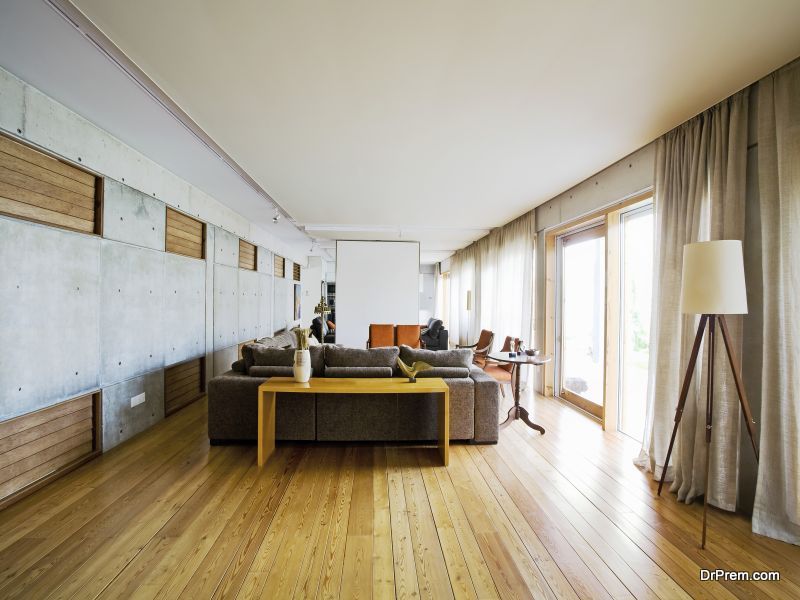 Used to create floors and walls, Bamboo gives both strength and durability. Bamboo can be used as an environmentally friendly construction material behind the scenes as well, such as underneath flooring or as wall screens. It grows very quickly and can be easily reforested as compared to other building woods like cedar and pine. Some of the bamboo species grow up to three feet within 24 hours.
Used to create floors and walls, Bamboo gives both strength and durability. Bamboo can be used as an environmentally friendly construction material behind the scenes as well, such as underneath flooring or as wall screens. It grows very quickly and can be easily reforested as compared to other building woods like cedar and pine. Some of the bamboo species grow up to three feet within 24 hours.
Bamboo is lightweight and can be easily transported. Transportation is not even required in most of the cases as it grows all over the world excluding Antarctica and Europe.
Bark siding
Trees have natural barks to protect them from insects, fire and other harmful elements. The same tree bark can give us a sustainable and durable alternative better than concrete.
Logging companies throw the bark away, but companies like Bark House collects this beautiful protective material to build homes.
HempCrete
Image Source : media.merryjane.com
As the name suggests, HempCrete is created from the inner fiber taken from the Hemp plant. Once bound together with lime, it results in concrete like building blocks that are lightweight and strong. Hemp is a fast-growing plant and hence HempCrete is a renewable environmentally friendly construction material that requires less energy for transportation.
Recycled corks
A large number of the wine stoppers are used for landfills. But, there is a better way to utilize the same. There are companies who collect naturally manufactured but used wine corks from different drop off locations into something more productive like a cork floor and ceiling panels.
Ashcrete
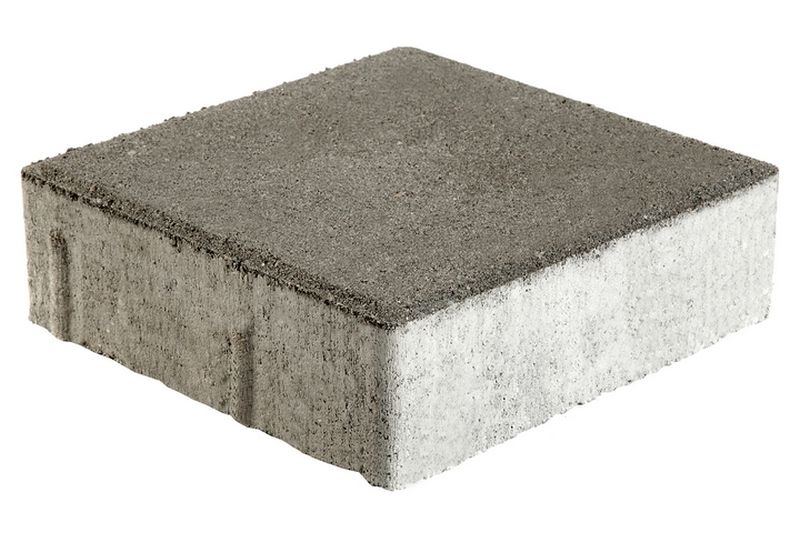 Image Source : makeyourhomestandout.com
Image Source : makeyourhomestandout.com
Take the leftover ash from coal combustion, mix it with cement and you will get “Ashcrete”. Replace cement with coal fly ash to build a green home. Coal fly ash is made safe with Encapsulation of fly ash in the concrete of wallboard. This process makes sure that fly ash will not release any toxic elements even if it is demolished.
Rammed Earth
The technology uses tightly packed dirt to form wood like structure. When combined with bamboo or rebar, it gives a similar feeling of concrete. Human civilization is using rammed earth for thousands of years to build homes. It is better than concrete, when the impact on the environment is concerned. Otherwise too, it could prove to be the ideal building material in desert region.
Recycled glass
Image Source : images.adsttc.com
Companies like FireClay Tile utilizes waste glass from solar and window industry to handmade glasses. Resulting colorful glass tiles can easily be fitted in your kitchen, bathroom or anywhere else. Most of the glass tiles are created with the VOC-free pigmenting process, are sustainable and gives an excellent way to minimize glass waste from the Earth.
Sheep’s Wool
Cloth manufacturers are using wool sheared by sheep to make jackets and sweaters. The insulation property of sheep’s wool keeps you warm in winters. Due to the same feature, the wool can be used in ceilings, walls, and attics to replace high energy consuming home heating systems.
Straw Bales
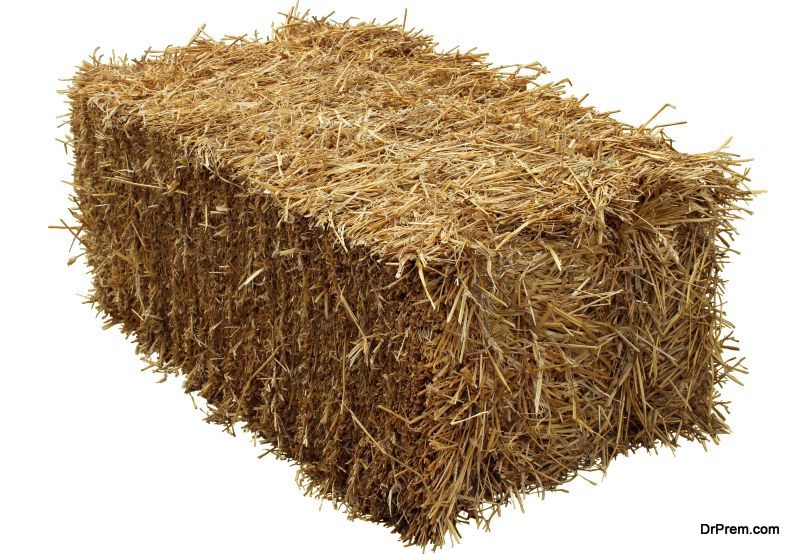 Just like wool, Straw Bales provides great insulation. It can be used in the walls and ceilings to provide cooling in summer and warmth in winter. Plantation of straw and making bales out of it is quite easy and does not have any negative impact on the environment.
Just like wool, Straw Bales provides great insulation. It can be used in the walls and ceilings to provide cooling in summer and warmth in winter. Plantation of straw and making bales out of it is quite easy and does not have any negative impact on the environment.
Ferrock
Used steel dust to create building blocks that are even stronger than concrete. It traps CO2 as a part of its hardening process that makes it completely carbon neutral. Ferrock is still in the research and will be available in near future.
Polyurethane Rigid Foam
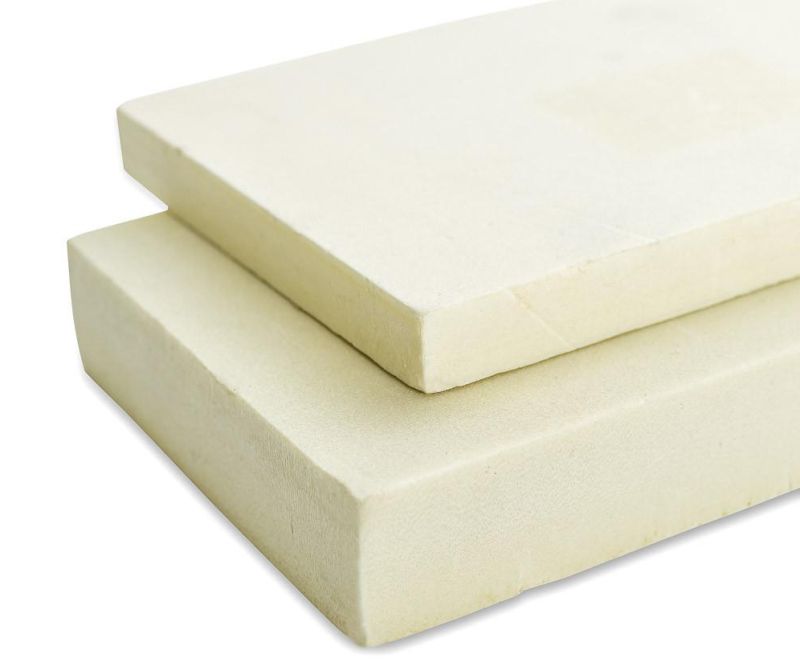 Image Source : cdn.shopify.com
Image Source : cdn.shopify.com
Made from hemp, kelp, and bamboo, this is an environmentally friendly construction material that can be used for insulation. This rigid plant-based product can be used inside the walls to offer the same features like wool and straw bales. It is safe from molds and pests and can also be used for sound resistance.
Environmentally friendly construction materials promote energy saving, reduce our reliance on vanishing resources like coal and gas, and overall minimize the impacts on the environment. Instead of useing alone, it is recommended to use a mix of these materials to provide better sustainability and durability. If we have the will and we are ready to change, these fifteen building materials can give us a green future.


